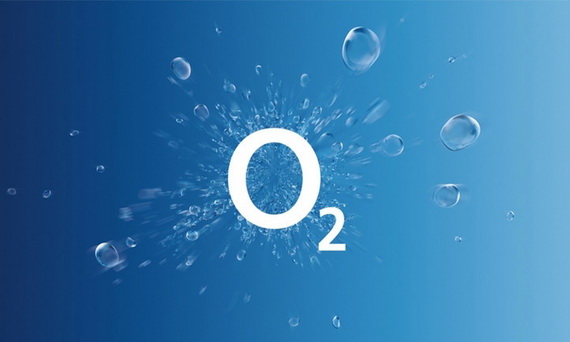
Oxygen (Oxygen) or O2, what is it?
Oxygen (O2) is a crucial gas for sustaining life, not only for plants and animals but also for humans. A shortage of oxygen in the body can pose a threat to life within a few minutes. Oxygen is an element represented by the symbol O, with an atomic number of 8. It has a density of 1.43 grams per liter, slightly heavier than air. Oxygen is a vital component, constituting approximately 21% of the Earth’s atmosphere, second only to nitrogen, which comprises about 78%. Besides being present in the air we breathe, oxygen is also found in conjunction with other elements around us, such as water (H2O) and carbon dioxide (CO2).
Oxygen can exist in three states:
Gas: Under normal conditions, oxygen exists in a gaseous state, and it is colorless, odorless, tasteless, and dissolves in water. It does not catch fire.
Liquid: At temperatures around -182.5 degrees Celsius or lower, oxygen transitions from a gas to a liquid state, appearing light blue.
Solid: At temperatures of -218.4 degrees Celsius or lower, oxygen changes from a liquid to a solid state, displaying a light blue color.
Oxygen in the air results from the photosynthesis process in plants. Our bodies utilize oxygen in various processes, including cellular metabolism, energy production from food, cellular maintenance, and enzyme synthesis. Oxygen enters the body through breathing, where it undergoes gas exchange in the lungs. The oxygen then binds with hemoglobin in red blood cells, travels to the heart, and is distributed to various organs to support cellular metabolism and sustain life. Additionally, oxygen plays a crucial role in eliminating waste products from the body. A lack of oxygen or insufficient oxygen intake can lead to cell death and subsequent organ failure.












